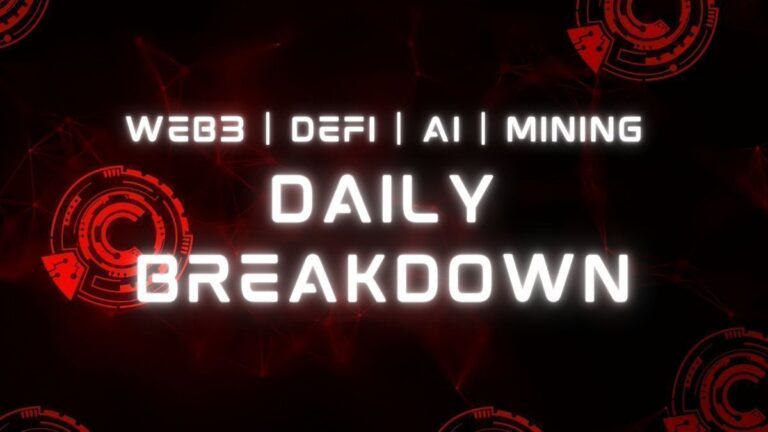
T
he recent sentencing of Enrique Tarrio, the leader of the Proud Boys, to 22 years in prison for his role related to the January 6 Capitol breach, has stirred a national debate around judicial consistency and proportionality. The case adds another layer of complexity, particularly in the context of unreleased footage from that day and allegations regarding the presence of undercover agents. This article argues for the necessity of full transparency through the release of all relevant data and footage, a move that could bring more clarity to the legal complexities surrounding events like January 6.
Enrique Tarrio and Questions of Judicial Consistency
Enrique Tarrio was notably not present at the Capitol building on January 6, having been arrested days prior. Despite this, he was accused of directing members of the Proud Boys to “attack the Capitol” via text messages. His 22-year sentence for such indirect involvement has led to questions about whether the punishment fits the alleged crime.
Comparisons have been made with individuals convicted of far more direct acts of violence, who have received lighter sentences. For instance, leftists who were involved in firebombing buildings in recent riots have been sentenced to just 4 years. The stark difference in sentencing durations raises legitimate concerns about judicial consistency and the role that political considerations may play in legal outcomes.
The Tarrio case also sets a potentially worrisome precedent — individuals not physically present can receive decades-long sentences based on motivational statements. This risks chilling future protest speech and may deter public assembly, a cornerstone of democratic societies.
The Unreleased Footage and Undercover Agents: Why Transparency Matters
In light of these judicial complexities and potential inconsistencies, the call for the release of all unreleased footage from January 6 becomes all the more relevant. According to whistleblower testimony, including that of retired FBI supervisory intelligence analyst George Hill, the FBI has withheld footage due to concerns about exposing undercover agents and informants.
The unreleased footage has the potential to provide important contextual information that could inform judicial decisions. It could clarify the extent of Enrique Tarrio’s influence on the day’s events or shed light on the role of any undercover agents or informants. Attorneys for the Proud Boys have alleged that at least 50 people present that day were undercover officers or informants — a claim that could only be verified or debunked through full transparency.
The Urgent Need for Action: A Call to McCarthy
House Minority Leader Kevin McCarthy has previously pledged to release all protest footage. Now is the time to fulfill that promise, not only for the sake of judicial consistency but also to maintain public trust in democratic institutions and the rule of law. The undisclosed details, combined with whistleblower allegations, raise urgent questions that only full transparency can answer.
The Democratic Imperative of Transparency
The sentencing of Enrique Tarrio serves as a catalyst for a larger discussion about transparency and judicial fairness. The full release of January 6 footage, especially given the whistleblower allegations regarding undercover agents, would serve multiple purposes — from assuring fair legal outcomes to maintaining public trust. As the country heads toward the midterm elections, now is the time for lawmakers like McCarthy to act on their promises. Transparency isn’t merely an administrative task; it is a bedrock principle of democratic governance.
To counter selective political enforcement, legislative leaders must deliver on pledges for full public release of protest footage. Open-source review can contextualize events objectively.
Pardons should follow for capitol defendants facing disproportionate punishment. And accountability is needed for security failures that enabled breaches despite prior warnings.
Peaceful public assembly remains a cornerstone of democracy. Punishing opposition voices too harshly risks dangerous polarization, no matter which side imposes it.
Thank you for reading “Striking a Balance Between Justice and Transparency: The Enrique Tarrio Case and the Unreleased January 6 Footage“.
- Subscribe to our newsletter: ConsensusProtocol.org
- Follow us on Twitter: @ConsensusPro




